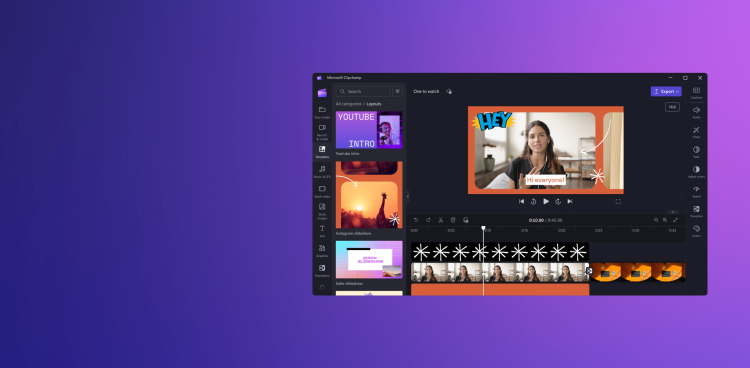Snapchat is a popular messaging app that lets users exchange pictures and videos, called snaps, that are meant to disappear after they’re viewed. The essential function is to take a picture or video, add filters, lenses, or other effects, and share it with friends. The app is free to download, and also has a premium subscription plan called Snapchat+.
Snapchat changed the way we communicate online. With Snapchat, you can quickly send a photo of yourself with a rainbow-puking AR lens applied to a friend, and after they open it, it’ll disappear forever. Technically, they can screenshot it if they want, and reply with their own photo or video response, which they can also post to their story for friends and followers to see.
There are so many uses for this app. It’s hard not to see its value and why it’s unique.
“In the interviews users said when friends snap each other they no longer have to worry about whether what they message will be shared with an unintended person or taken out of context,” said researcher Bin Xu, Information Science PhD student.
“With so much to store mentally and digitally, users reported that they enjoy being able to have an interaction where they can be their true selves without worrying about the repercussions of their exchanges.”
The idea of sharing relevant information that disappears after a certain amount of time with only a select group of people is seldom used in social media applications.
According to the terms of service, users must be 13. You have to enter your birth date to set up an account, but there’s no age verification, so it’s easy for kids under 13 to sign up. Common Sense Media rates Snapchat OK for teens 16 and up, mainly because of the exposure to age-inappropriate content and the marketing ploys, such as quizzes, that collect data.
Snap Map allows users to share their location in real time with anyone on their Snapchat friend list and see the locations of their friends who do the same. The feature is a way to use the location services already available in many other smartphone apps.
Since some Snapchat contacts may not be real friends, this is a big safety risk. It can also be a source of hurt feelings if kids feel excluded from a gathering.
The new tool is facing backlash not only from parents but also from some Snapchat users who are bombarding the app with bad reviews in the app store and criticisms on social media over privacy concerns, “creepy” exchanges and an inability to remove the feature from their chat feed unless they pay for a premium subscription.
While some may find value in the tool, the mixed reactions hint at the risks companies face in rolling out new generative AI technology to their products, and particularly in products like Snapchat, whose users skew younger.
The company says it will build on the new features announced today in the “coming months” with additional protections for teens and parents.
In May 2017, an update made it possible to send snaps with unlimited viewing time,[72] dropping the previous ten-second maximum duration, with the content disappearing after being deliberately closed by the recipient. New creative tools, namely the ability to draw with an emoji, videos that play in a loop, and an eraser that lets users remove objects in a photo with the app filling in the space with the background, were also released.
In July 2017, Snapchat started allowing users to add links to snaps, enabling them to direct viewers to specific websites; the feature was only available for brands previously. Additionally, the update added more creative tools:
A “Backdrop” feature lets users cut out a specific object from their photo and apply colorful patterns to it in order to bring greater emphasis to that object, and “Voice Filters” enable users to remix the sounds of their voices in the snap. Voice Filters was previously available as part of the feature enabling augmented reality lenses, with the new update adding a dedicated speaker icon to remix the audio in any snap.
The photo messaging feature is the most commonly used aspect of Snapchat (Piwek & Joinson, 2016). In its simplest form, users can create content by taking a photo or video, adding an optional piece of text. Other additions include “stickers” (emojis), sender-drawn doodles, and geofilters (stylised labels for specific geographic locations that can only be accessed while in that location).
Given Snap users are more likely to be active when shopping and/or at social events, such targeting could be a relevant consideration for your Snap promotions.




